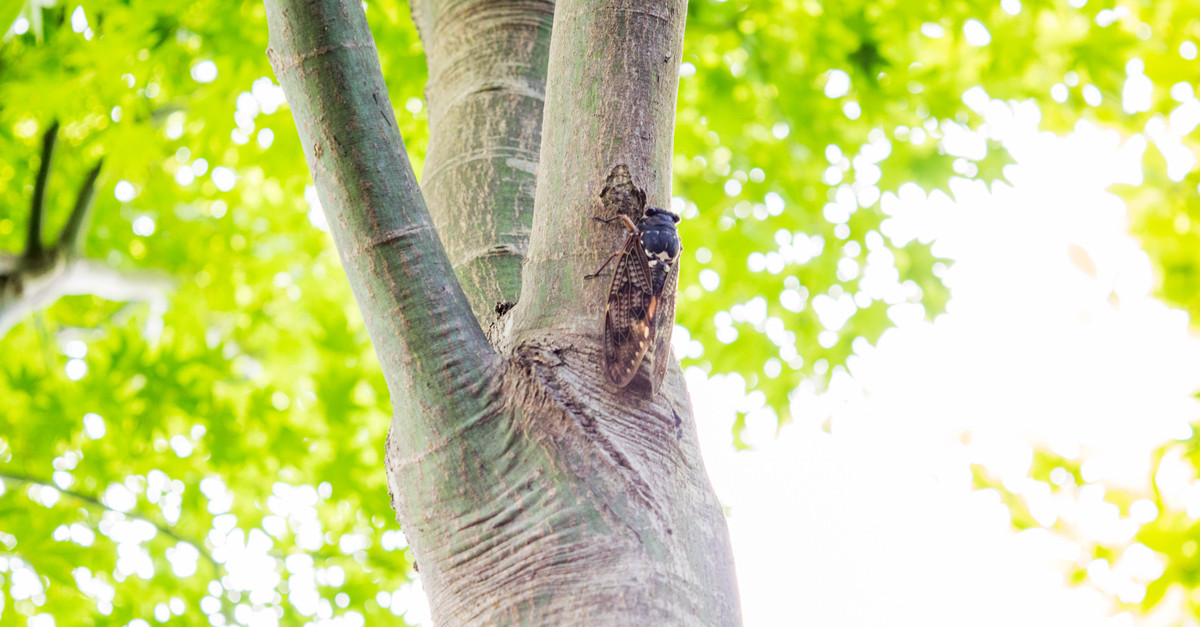How to Use Trees to Attract Wildlife Friends
We care a great deal about caring for trees. But we do so in part because we care equally about the ways in which trees benefit us all. Just recently for example, we outlined how trees benefit bees. We’ve also discussed how trees help our mental health, how they can assist with yard drainage, and why we should be thankful for them in general.
As part of this wide-branching conversation, we’ve highlighted several ways in which trees are great for wildlife. But if you’re interested in propagating a bit more flora to prop up the fauna on your property, what are the best steps to take? Here’s some advice from our experts on attracting and supporting a variety of species.
Hum-Dingers for Hummingbirds
The smallest birds in the world, hummingbirds are powerful spiritual symbols in many cultures, in part because of their ability to fly both upside down and backwards. If you’re interested in bringing some of this power and beauty to your yard, we recommend you plant trees with an abundance of blossoms (especially if they’re red), including:
- Crabapple
- Red Buckeye
- Tulip Magnolia
- Eastern Redbud
To further sustain these fast-moving, magnificent creatures with the ample nutrients they need, hang your trees with regularly-cleaned feeders well-stocked with a solution of 1:4 parts sugar and water. Putting feeders in the same place every year will ensure your hummingbirds know exactly where they can find the best nourishment in the neighborhood.
A Parliament For Owls
Owls are carnivorous predators who prefer a private and serene environment. Plant evergreens and other large shrubs that provide a place for owls to hide, while simultaneously attracting other birds and small mammals. This will signal to local owls that your yard is a safe — and bountiful — place for them to reside.
Deer, Squirrels, and Foxes — Oh My!
Regardless of the species you most want to attract, providing food is the fastest way to reel them in. Fruit and nut trees that thrive in Southeastern climes include:
- Peach
- Apple
- Asian Pear
- Pecan
- Chestnut
While you’re busy supplying this fruitful buffet, don’t neglect the power of the water cooler. A birdbath, free-flowing fountain, or even regularly-refreshed buckets of water will make sure everyone is well-hydrated, and give them a place to congregate. (This includes insects, who need a water source too, and are an important part of the wildlife food chain!)
Leave Dead Trees Where They Lie
We understand it’s tempting to remove an unsightly fallen tree, or unearth a long-decaying stump, but if you’re a friend of wildlife you may want to reconsider. For example, the National Wildlife Federation asserts that “over 80 animal species ‘depend on dead and dying trees, and hundreds more — including reptiles and amphibians — benefit from them.’”
Of course, if your fallen tree poses a threat to your home or the other trees on your property, we can help you with either relocation or removal.
Whether you’re cultivating a wild forest best befitting wildlife, or need help pruning things back to a pest-free, pristine level, our certified arborists will provide their best skills and advice. Call (404) 252-6448 to schedule an individualized consultation, or schedule one with us online.







